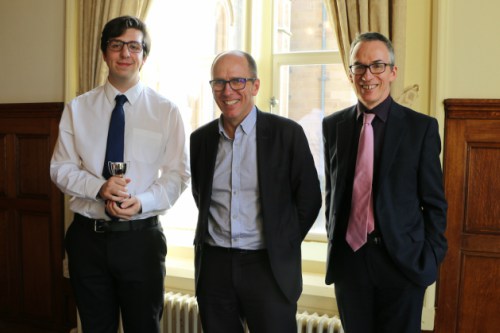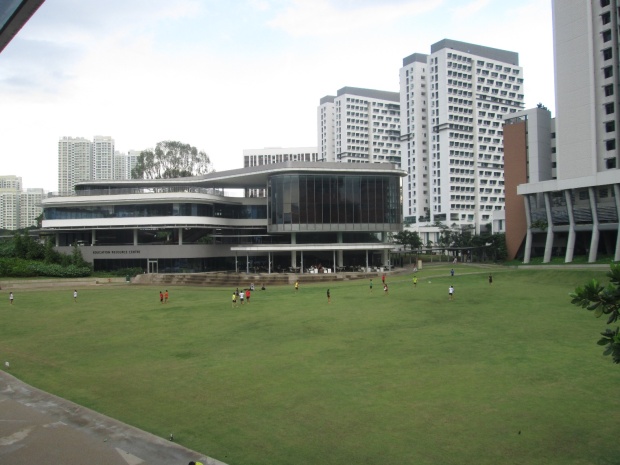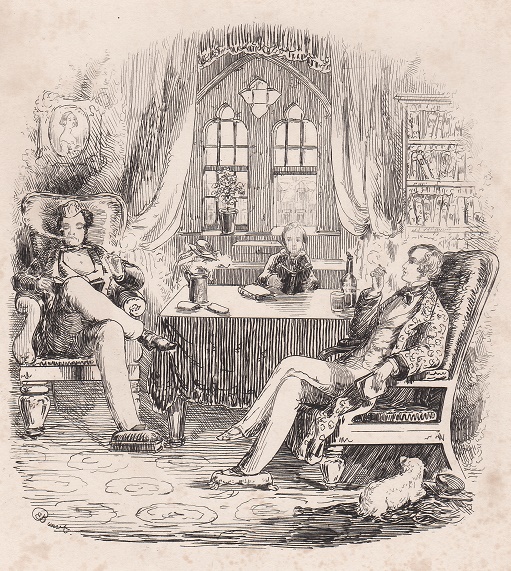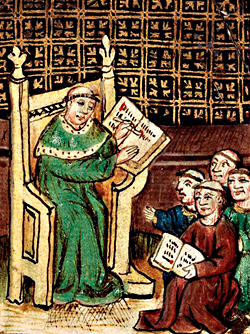This post has been contributed by Keith Vernon, Principal Lecturer in History at the University of Central Lancashire where he teaches on modern British history. He has written on several topics in the history of technical and higher education in Britain, most recently an accessible history of his own institution, focussing on the last 30 years: ‘A History of the University of Central Lancashire’ (UCLan, 2018).
Higher education is expensive. Specialist equipment, high-level expertise and extensive student services do not come cheap. In the UK, for most of the twentieth century, the issue was dealt with by restricting the numbers allowed to participate. As the principal paymaster, the state was remarkably generous in funding per student, but imposed parsimonious limits on who had access to it. Similarly close control was maintained over institutional funding. Through the masterly device of the University Grants Committee (UGC), state block grants were devolved to a quasi-independent body and then disbursed between the universities on criteria agreed largely among themselves. While keeping tight hold of the overall purse strings, the state had no direct role in managing institutions.
From the 1980s, and increasingly through the 1990s, a radically new policy was adopted of substantially increasing student numbers. Expanding higher education was seen as important for raising skill levels, and widely popular (until, arguably, very recently), but raised the question of how it was to be paid for. Squaring the circle of sustaining growth, while limiting the associated costs, and also avoiding responsibility for managing university institutions, has exercised ministers of all political persuasions for the past 30 years.
The primary means adopted for achieving this geometrical manipulation has been through attempting to create a competitive marketplace among higher education providers, while transferring initial costs and funding onto students themselves. According to market principles, as institutions compete for student customers, they will naturally differentiate to attract their market share. Overall costs for students and, ultimately, the government that sustains them, will thus be driven down. Multiple attempts to bring about this situation have, so far, been resisted, although the pressures are steadily increasing, with damaging implications.
Militating against the creation of a marketplace was the binary divide, whereby all universities could claim an equivalent status, above that of the polytechnics. Bringing HE providers together meant that all institutions could be considered together, while doubling the number of competitors in the field. A fringe benefit of a unified sector was the almost immediate appearance of league tables. Several versions, based on slightly different criteria of equally dubious validity, are inherently skewed towards the wealthier or otherwise fortunately situated institutions. Students, however, and perhaps especially overseas students, would inevitably consult published league tables when making choices about where to study. Jockeying for position in the listings became an obsession, driving plans and policies across the university sector.
One of the first measures to try to drive down costs was through efficiency savings. Traditionally, tuition funding was apportioned according to the numbers of students recruited, within strict allocations per institution. A new arrangement allowed providers to recruit beyond their allotted number, but receive a lower rate of funding for those additional students. The former polytechnics were quick to seize on this policy, soon followed by the older universities. Student numbers grew rapidly, while the reduced cost per student eased the burden of expansion on state coffers, effectively transferring it onto institutions. It was quickly acknowledged, however, that the declining unit of resource was unsustainable in the long term, and a major review of higher education was commissioned.
As expected, the Dearing Report reiterated the need for continued growth, but introduced a radical departure in requiring a direct contribution from students. A means-tested fee of £1,000 was to be paid up-front by students before even starting their courses. The policy did not go very far to ease the pressures on universities, but established the principle that students themselves were liable to contribute towards the costs of their higher education. Returning to the issue a few years later, a revised approach allowed institutions to charge up to £3,000 per year, for which students could receive government-backed loans, payable after graduation. Apparently assuming that institutions knew their place in the league table hierarchies, it was expected that £3,000 would be a maximum that only the most prestigious universities would impose, while the others would differentiate themselves accordingly. As it transpired, almost all universities very quickly charged the full amount.
The financial crisis of 2008 put pressure on all forms of public spending. Following the example of Dearing ten years before, the question of student fees was delegated to an independent review, to report after the up-coming election. Browne’s central recommendation was to put the whole of the costs of higher education onto students themselves, through loans repayable after graduation once their income had reached a certain level. Providers were now able to charge up to a maximum of £9,000 per year, although they had to provide more information about the courses offered, so that students, as buyers in a marketplace, could make an informed choice as to where to purchase their higher education.
Once again, universities did not fall for the inducement voluntarily to differentiate themselves by fee level, and the vast majority charged the full £9,000 a year, putting an immediate strain on government finance of student loans. Increasingly desperate, yet another government review removed all caps on student numbers, allowing institutions to recruit as many students as they wished. It was made easier for new kinds of providers to enter the field, on the expectation that these newcomers would charge lower fees, posing a challenge to existing providers to adjust their costs accordingly.
In maintaining a largely united front on fees, universities have, so far, largely resisted the lure of overt marketization. In other respects, they have been all too ready to embrace the language and ethos of hierarchical league tables, whatever the crocodile tears shed in public statements. But is there anything novel in this? The state has exercised control over universities through financial regulation from the late nineteenth century. Popular perceptions of university hierarchies, however ill-founded, are nothing new. It should also be acknowledged that academics have constantly bemoaned an impending crisis in the university.
Yet, the latest manoeuvres are concerning. If the sector fragments, considerable damage will be done to the common understanding of what a UK university stands for. Gerrymandered league tables crassly reduce institutions’ contributions to a simplistic number, but dominate policy and planning. Assuming the connection between students and educational institutions as simply that of customer and service provider profoundly damages the nature of the pedagogic relationship. At the same time, defining the function of a university as a commercial transaction with a student ignores the social role of universities in their communities. One of the most worrying effects is the impact on students, which even now is taking its toll. The pressures, however, are inexorably increasing, and how long universities can, or have the will to, resist marketization remains to be seen.


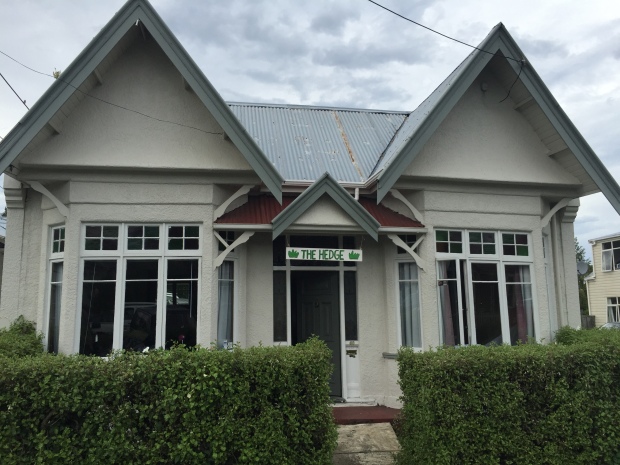
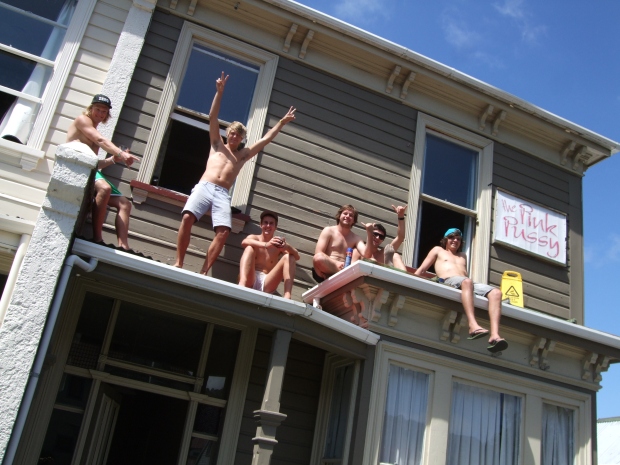
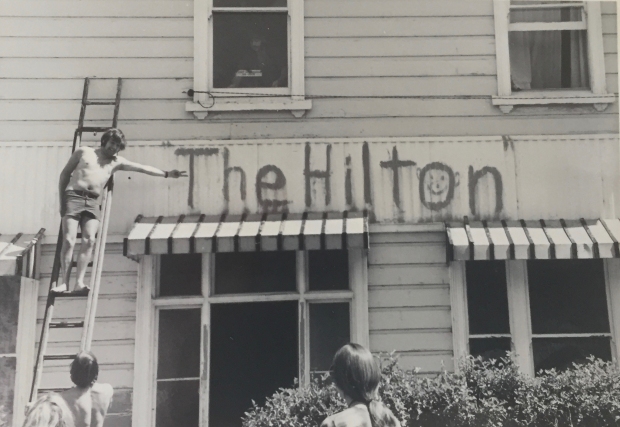
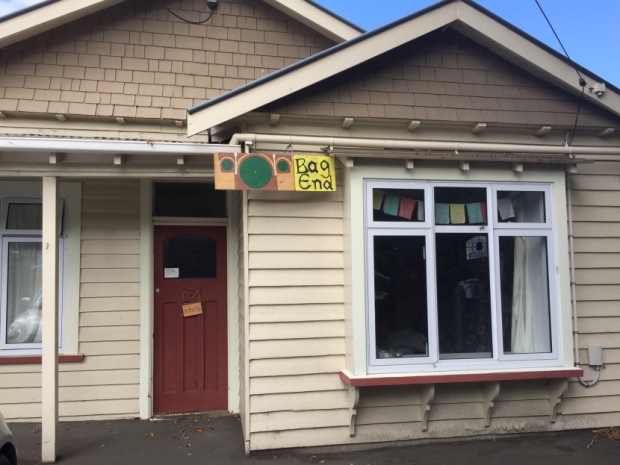
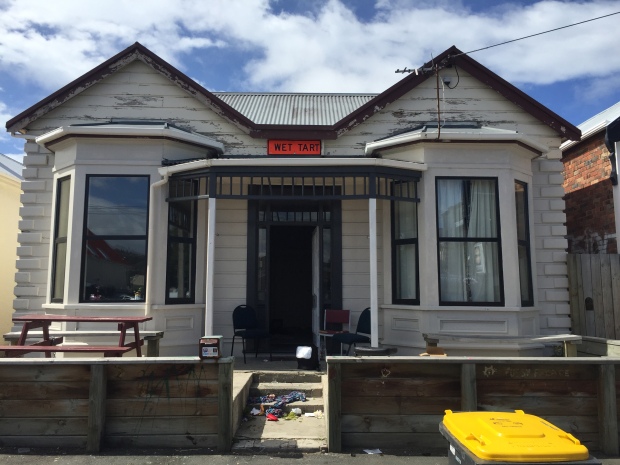
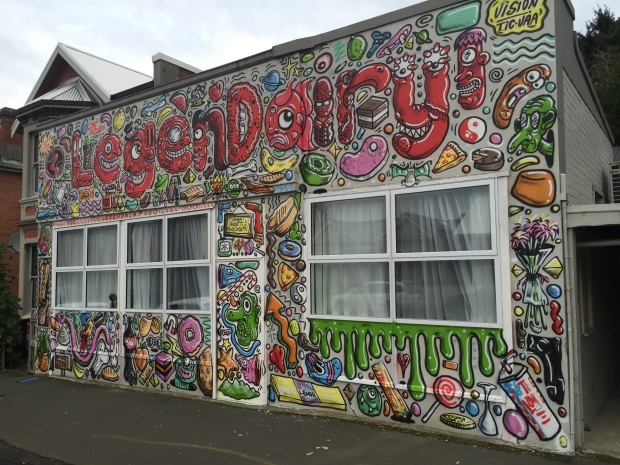

 First World War, university administrators and student leaders sought to domesticate rags by associating them with collections in aid of local hospitals. In view of this, women students sought to participate in collecting efforts in fancy dress, but university administrators and police felt that this would be both undignified and unsafe. It was often determined that women could go out with collecting tins if they wore caps and gowns instead of fancy dress. At Manchester, after voting down women’s participation in the fancy dress procession several times, the women’s union decided in 1935 that women students could participate if they submitted their costumes for approval to a student committee. At other universities, women did not participate in parades and pageants until after the Second World War.
First World War, university administrators and student leaders sought to domesticate rags by associating them with collections in aid of local hospitals. In view of this, women students sought to participate in collecting efforts in fancy dress, but university administrators and police felt that this would be both undignified and unsafe. It was often determined that women could go out with collecting tins if they wore caps and gowns instead of fancy dress. At Manchester, after voting down women’s participation in the fancy dress procession several times, the women’s union decided in 1935 that women students could participate if they submitted their costumes for approval to a student committee. At other universities, women did not participate in parades and pageants until after the Second World War.
